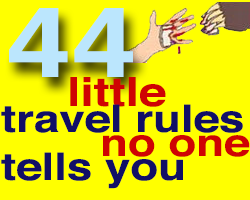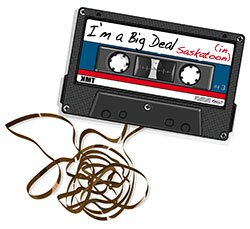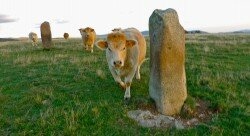A couple days ago I noted, on Twitter, that some of the entries in the new Best American Travel Writing: 2011 aren’t really travel stories.
One is a New Yorker piece on the Shinnecock reservation at the Hampton of Hamptons, Southhampton. Writer Ariel Levy talks with officials on efforts to create/block a casino that will likely further clog the Long Island Expressway.
Another (Tom Ireland’s ‘Famous’) follows a coincidentally timed trip just after the terrorist attacks to Bombay. It dwells almost exclusively, with much evident research back home, as a profile of the lone surviving gunman.
I liked both. But just going to places that travelers go to, and asking questions and writing things down, shouldn’t always qualify a piece as a ‘travel story,’ I’d think.
Pondering this, I tracked down this self-congratulatory essay by Paul Theroux called ‘Travel Writing: The Point of It.’ In it, he claims travel writing is worthy only if it predicts subsequent events (most guidebooks, by the way, are ‘bloodless’ to him). In that case, it can perform a ‘unique function… to express a country’s heart, as long as it stays away from vacations, holidays, sightseeing, and the half-truths in official handouts.’ Which is kinda funny.
He’s talking about his book Riding the Iron Rooster, researched in 1987, which sort of predicts the 1989 events at Beijing’s Tiananmen Square. (I guess; I’ve not read it.) Reviewers had called it ‘grumpy,’ and it apparently bothered him — enough so, he felt compelled to note, like a winning quarterback, that it sold half a million books. (Really? Pulling the whole sales:value card, huh?)
It’s a good goal, I’m sure, but I hope it’s not the only way travel writing works. In fact, Pico Iyer’s Yangon chapter in the classic Video Nights in Kathmandu, researched just before the 1988 (failed) revolution in Burma, dwelled on students’ moonwalking skills. No hint of brewing discontent.
But does that make it bad travel writing?
I think Theroux and Iyer are right to focus their writing on people — not just officials — but regular ol’ people. Doing so can stand for a bigger picture of how a place lives and feels. And their writing tends to be ‘open’ to the destinations, using travel as a means of discovery. That seems key too.
But I’d like to think that technique works in places without impending revolutions too? That is, as long as you stay clear of ‘sightseeing.’











